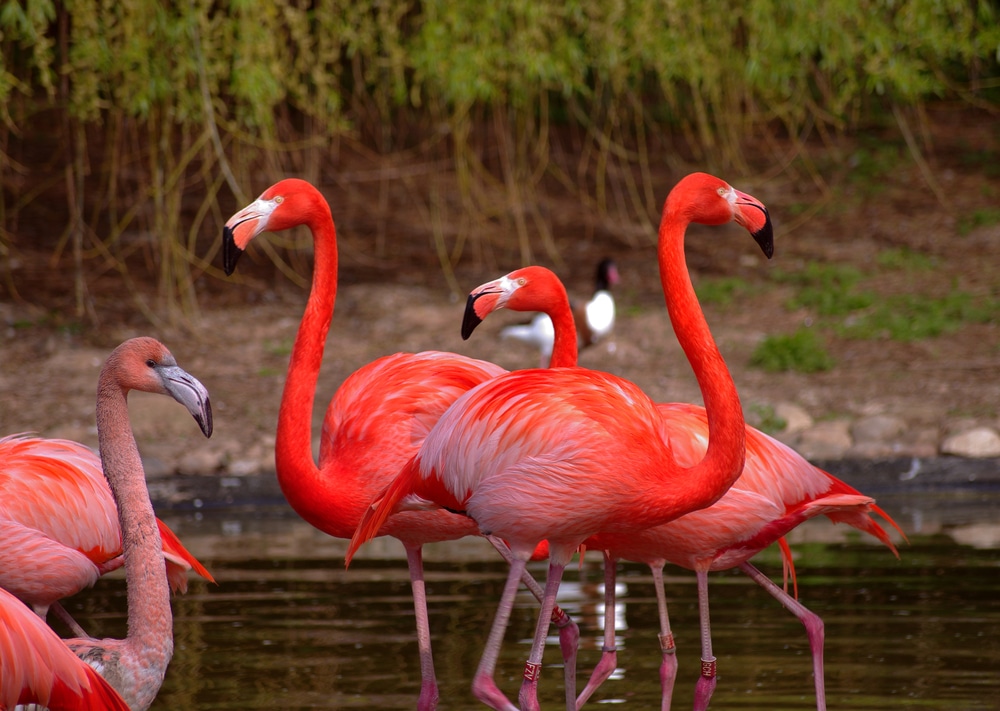- Home ›
- Germany ›
- Heidelberg
Under the motto "Experience life live", Heidelberg Zoo presents animals from all over the world in a charming setting. The zoo is one of the most popular attractions in the region and attracts around 500,000 visitors every year.
Biodiversity that inspires
Heidelberg Zoo has over 2,000 inhabitants. 155 species can be found in the extensive grounds. In addition to 80 different bird species, the zoo is also home to 9 reptile species, 51 mammal species and numerous insect, crustacean and amphibian species. Thus, every visit is a unique and one-of-a-kind experience. The animal spectrum ranges from Asian elephants to domestic dwarf goats. Of particular interest to visitors is the animal activity programme, which has been designed to meet the different needs of the animals. This is not only good for the physical and mental health of the animals, but also interesting for visitors to see how the animals use the employment opportunities. Keepers do additional work with the adaptive animals and visitors can marvel at the training sessions.
Zoological garden with a long tradition
Heidelberg Zoo was founded as early as 1933 and opened its doors to visitors on 20 November 1934. Due to the turmoil of the war years, the zoo not only suffered from a lack of money in the early years, but was almost completely destroyed by a bombing raid in 1945. From the 1950s the zoo was slowly rebuilt. The extensive complex covers 10.2 hectares and was completely renovated from 1972 onwards. From this time on many enclosures were changed again and again and in the last years many of the enclosures were redesigned close to nature. In addition, new enclosures have been created again and again, so that new animal species have been able to move into the zoo. The naturalistic design of the enclosures makes a visit to Heidelberg Zoo very relaxing and almost like a little holiday.
Species protection at Heidelberg Zoo
As Heidelberg Zoo is very committed to species conservation, a visit to the zoo is particularly interesting. The zoo's commitment is far from over with its participation in the European Conservation Breeding Programme, as it also sets high standards in educational work and information. Since 2004, visitors have been able to admire a special species conservation project in Heidelberg, where European field hamsters have been successfully bred and released into the wild. The zoo's hamster breeding station is unique in Germany.




